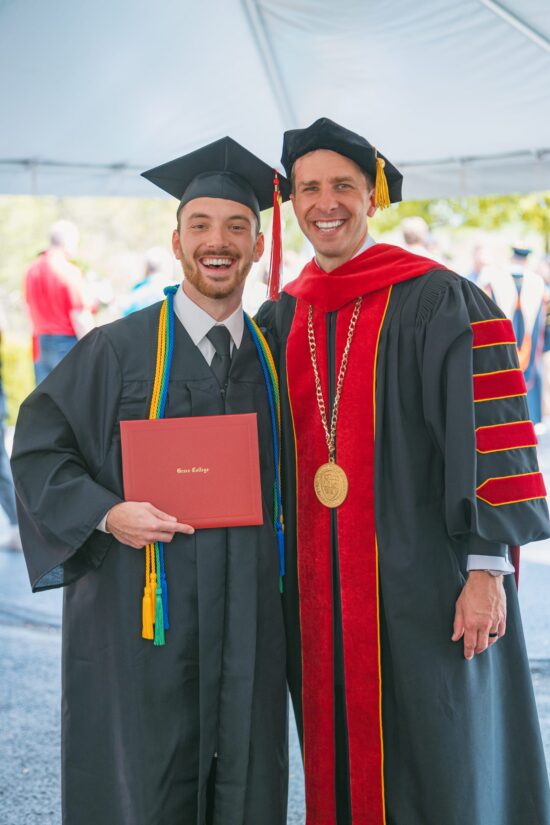The following blog was written by a Grace College alumna with college-age children.
I have three sons. One has graduated from college, another is a junior at his university and the youngest is planning to enter college in two years. In other words, I have each step in the process covered. Many aspects of the experience I enjoy. I love the college visits, the time spent with my sons, and learning about each institution. However, the part I dread most is the jigsaw puzzle of figuring out how to get more financial aid.
Financial aid is an ongoing challenge. It’s a tangled web of acronyms, starting with the PSAT, SAT, ACT, FAFSA, SAR, FSA-ID and the IRS-DRT. It is challenging enough for adults to figure out federal student financial aid, much less for the students. So why would you want to involve your adolescent in this mess of finding how to get more financial aid?
Each year, federal student financial aid awards more than $150 billion dollars in grants, loans, and work-study funds to over 13 million students. That’s a pretty good reason to make the effort. If not for the cash alone, then consider the worth to your student in helping them value the educational investment. To this end, here are a few tips to involve your student in the financial aid process from someone who has been there:
1. Let them know the full cost of their education.
Parents often handle so many of the financial details that their student is oblivious to the final tally they will face after four years. The long-term payback of loans and working when not in school can be sobering. When involved, students see the financial sacrifice required to make their schooling possible.
2. Begin the process early.
Hopefully, by the time your student is ready to make college choices, you will have set aside a significant amount in a college savings program. Often, these financing options have tax advantages that can make the funding of your child’s education easier. For those who have not saved, finding the resources for scholarships and loans should start as early as possible during the high school years. In all cases, encourage your student to do the research about how to get more financial aid early enough to meet application deadlines.
3. Encourage students to research the resources.
There are many helpful tools that students can find online through https://studentaid.ed.gov/sa/. Also, have them look at https://fafsa.ed.gov as a starting point. The largest source of aid my sons received was directly from the institutions they attended; so don’t overlook pursuing all academic scholarships and departmental grants. Closer to home, they may find community foundations, employer scholarships, and service organizations as willing sources of aid.
4. Narrow the field.
The vast majority of financial aid uncovered through online searches won’t necessarily be applicable to your student. When it comes to how to get more financial aid, the key is to allow the student to explore the possibilities while you guide them into the most likely sources of aid—the ones you have the best chances of receiving. This will help to fine-tune your focus and save on application time.





